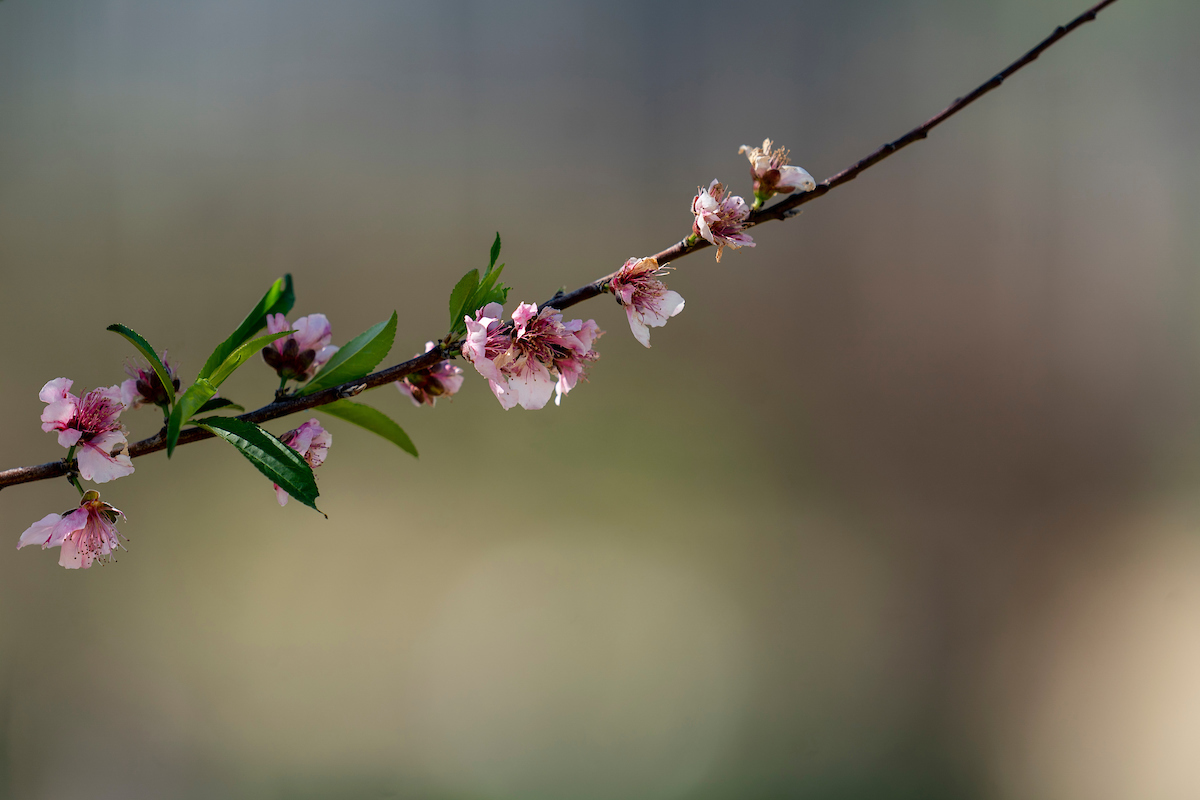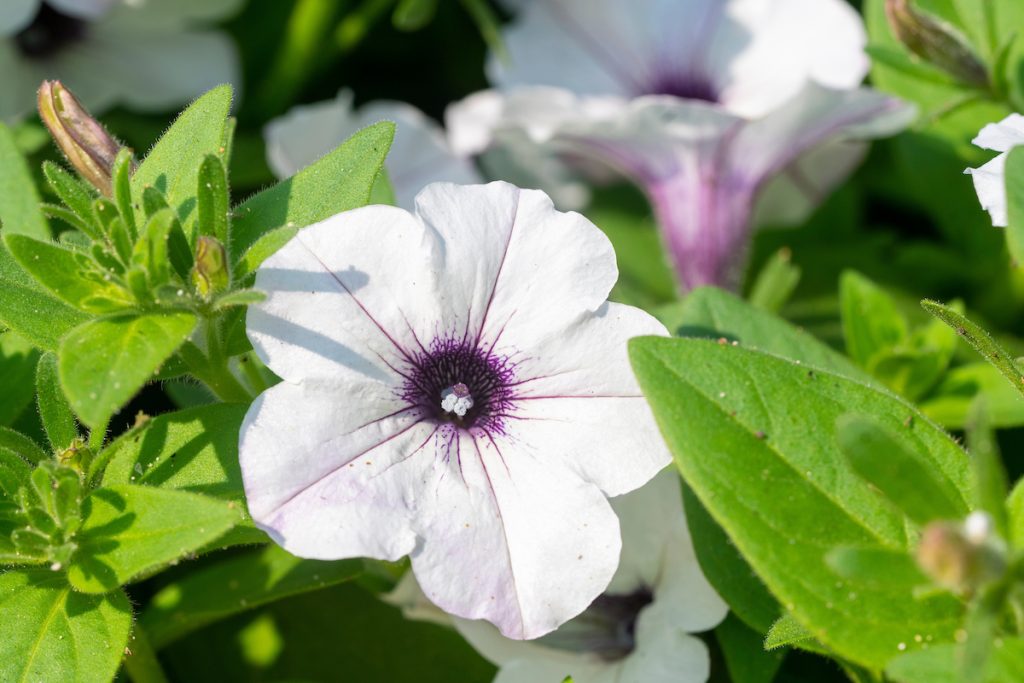It’s time to embrace the power of flowers this spring

AgriLife Extension gardening guide for March
There’s no time like the present — especially when it comes to plants for a spring garden. Much of the state has experienced early spring weather, which means the sooner you can get to certain garden tasks, the better off your yard will be.
For everyone who has “embraced the ugly” and practiced pruning restraint, now is the time to start making your garden beautiful for spring, said Larry Stein, Ph.D., Texas A&M AgriLife Extension Service horticulture specialist at Uvalde and professor in the Texas A&M College of Agriculture and Life Sciences Department of Horticultural Sciences.
“If you’ve got new growth, simply cut the old shoots back to the new ones,” Stein said. “The old shoots will then offer the new shoots a bit of protection from the wind for now.”
But Mother Nature can be fickle, so gardeners should also be prepared to cover delicate plants should a spring frost occur. Plants already blooming or showing significant growth may also be better off being pruned later.
Top Garden Tips for March
Stein offered the following tips for gardeners this month:
1. Early March is the time for pruning evergreens and summer-flowering trees and shrubs. However, you may want to take a wait-and-see-approach this year with your spring-flowering trees and shrubs and postpone a prune until they finish blooming.

2. Reference Aggie Horticulture for your area’s average last killing freeze date. Remember that killing freezes can occur after this date. Plant warm-season vegetables from seed, according to the planting guide on Aggie Horticulture.
3. Waiting to prune fruit trees due to the early spring is also fine if you plan to wait and see what kind of fruit crop is set and then prune to thin the crop.
4. Prepare beds for planting flowers and vegetables if you haven’t done so yet. Consider using a garden tiller to speed up the process; however, a garden fork and some muscle will still do an excellent job. For every 100 square feet of bed area, work in a several-inch layer of either compost, pine bark or sphagnum peat moss, plus 5 pounds of balanced fertilizer.
5. Tomato and pepper plants started outdoors from seed can grow so quickly that they will catch up with commercial plants within a few weeks. For many gardeners, this is the only way to obtain rare or heirloom varieties. Because this has been a winter with erratic weather patterns, keep an eye on young tomato transplants so they may be covered if the threat of a late frost occurs. Don’t be in a hurry to set out young pepper plants; wait until the temperatures seem to be settled.
6. Beware of close-out sales on bare-root trees and shrubs. The chance of survival is rather low on bare-root plants this late in the season. Your best bet at this time of year is to depend on container-grown plants for landscape use.
Increase your flower power
Stein said there are practices gardeners can implement for landscape flowers and wildflowers for the upcoming season.

“Enjoy spring blooming wildflowers and do not mow until they have set and realized their seed,” he said. “Also, remember wildflowers will respond to fertilizer just as other plants do.”
March is also a time to thin larkspur and other wildflower seedlings. Plants will bloom much better if thinned to about 4 inches apart. Transplant or share the extras with gardening friends.
Stein said spring flowers and wildflowers may also need some water if conditions have been dry.
“If you have not had a 1-inch rain or so recently, go ahead and give them at least half an inch of water,” he said.
Baskets of petunias and other annuals can be hung for another dimension in landscape color. Plant dahlia tubers in fertile, well-drained soil. Select and order caladium tubers as well as geranium and coleus plants for late April and early May planting, but do not plant caladiums until the soil temperature reaches 70 degrees.
“Blue plumbago can be planted now for season-long low-maintenance color,” Stein said. “It is usually cold hardy to Zone 8 and in sheltered places elsewhere.”
Although tolerant of sunny conditions, blue plumbago prefers a little protection from the hot afternoon sun. It is quite drought tolerant and blooms from spring till frost.
Stein said if you have one attractive begonia plant you love, you can make the most of it and multiply it by carefully rooting stem cuttings.

Summer and fall flowering perennials also need attention now. Before they initiate their spring growth, dig and divide them. March is also an ideal time to repot overgrown container plants as well as plant containers of tropical plants for a stunning display of summer color.
As camellia and azalea plants finish blooming, fertilize them with an azalea-camellia fertilizer. Use the product label as the guide to the amount. Check mulch on azalea and camellia beds and add where needed. Also make sure to fertilize roses every four to six weeks until September.
Stein said in North Texas, there is still time to plant seeds of favorite annuals in flats to be transplanted outdoors when all danger of frost is past.



